At KTH Flemingberg, we are excited to invite older adults to join us as co-designers in a series of design workshops for our medical engineering project, Age-Wear.
As an interdisciplinary team of passionate researchers, we aim to merge a human-centred understanding of older adults as technology users with interaction design and medical engineering. Our goal is to develop solutions that enhance the health and self-efficacy of our users.
Over the course of this three-year Age-Wear project, we will collaboratively design interactive wearable technologies that help older adults synchronise their steps with their heartbeat during physical activity. Such synchronisation is expected to improve their cardiovascular health and overall well-being.
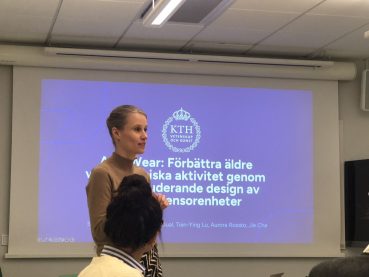
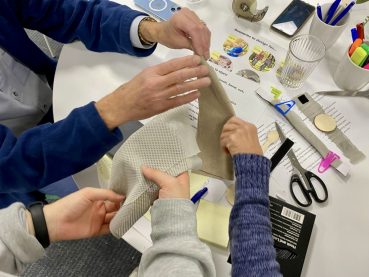
Our First Co-designing Workshop
This workshop series kicked off on November 21st, where we held a physical prototyping session to explore new perspectives for an ideal wearable device.
It started with a small sharing of the up-to-date knowledge of wearable technology and our previous findings related to this user group to inform our participants why this workshop would be insightful to us.
We then introduced our physical prototyping tools such as ideation prompts, body maps, and different materials. By offering these tools, we aimed to demonstrate that co-designing technology is accessible to everyone – we gather together to spark new ideas instead of finding the best technical solution!
During the workshop, older adults were joined by our fellow researchers. Together, they had group ideation, tried out different materials, and imagined movements to design their own version of an ‘ideal wearable’ for physical activity. They produced prototypes such as a clip-on sensor, hand band, and wrist-worn tracker.
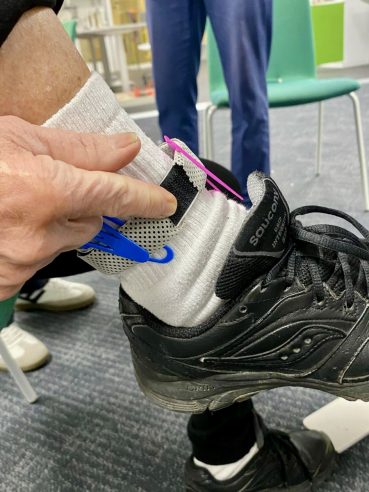

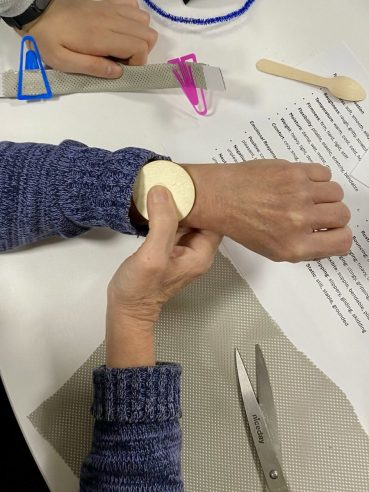
Outcomes and Our Future Vision
To end the workshop, we had a vibrant group discussion about the thinking behind certain design decisions. These conversations highlighted potential wearable device preferences tailored for older adults to use during their daily physical activities.
One of the most rewarding outcomes of this workshop was the mutual learning between medical engineers, interaction designers and older adults. We learned from their unique bodily experience whilst interacting with wearables. Meanwhile, our participants were inspired and thrilled to get to know more about the latest technical developments.
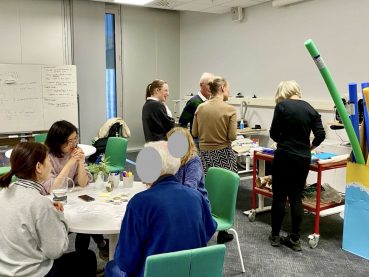
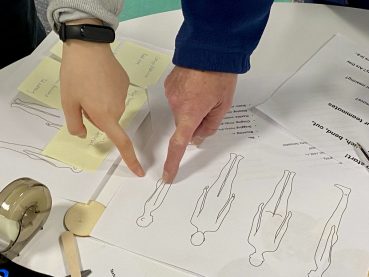
In the future, we look forward to organising more of these workshops focusing on physical prototyping and integrating different interaction modalities. The outcomes of the workshops will also be published and presented in scientific conferences and journals.
We warmly welcome all older adults aged 65 and above to join our future workshops!
If you are interested in being part of the project, don’t hesitate to contact Tien-Ying at tyl@kth.se.
Age-Wear Research Team (KTH)
Tien-Ying Lu
Aurora Rosato
Jie Che
Duosi Dai
Seraina Dual
Sanna Kuoppamäki
The project is conducted in collaboration with GIH (Swedish School of Sport and Health Sciences) and Stockholm Stad.
The project is funded by Kamprad Family Foundation.
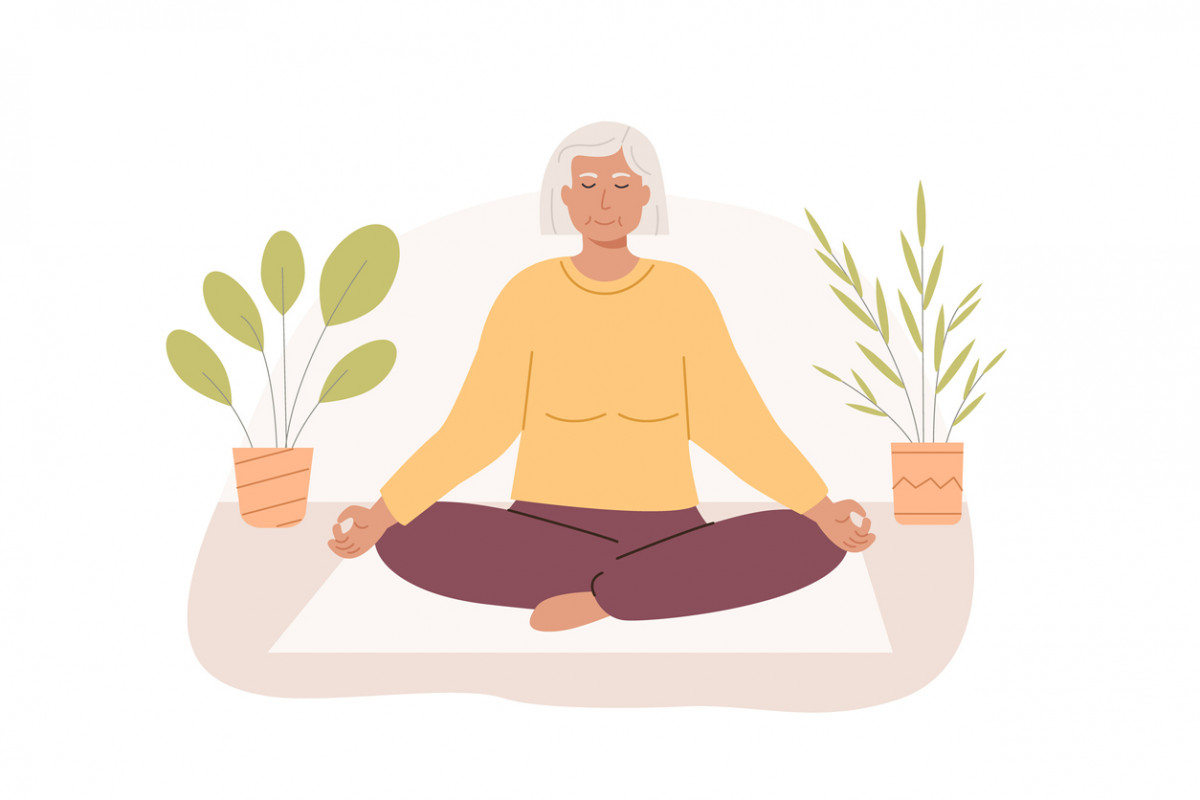

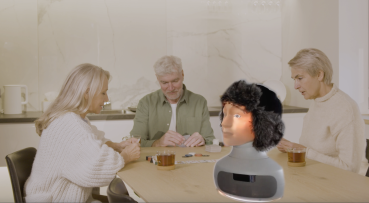 Är du vuxen som är 65 år eller äldre? Är du intresserad av sociala robotar och vill ta del av utvecklingen av en personligt sällskapsrobot? Kom och ta del av denna unika möjlighet att uppleva Furhat, världens mest avancerade sociala robot.
Är du vuxen som är 65 år eller äldre? Är du intresserad av sociala robotar och vill ta del av utvecklingen av en personligt sällskapsrobot? Kom och ta del av denna unika möjlighet att uppleva Furhat, världens mest avancerade sociala robot.